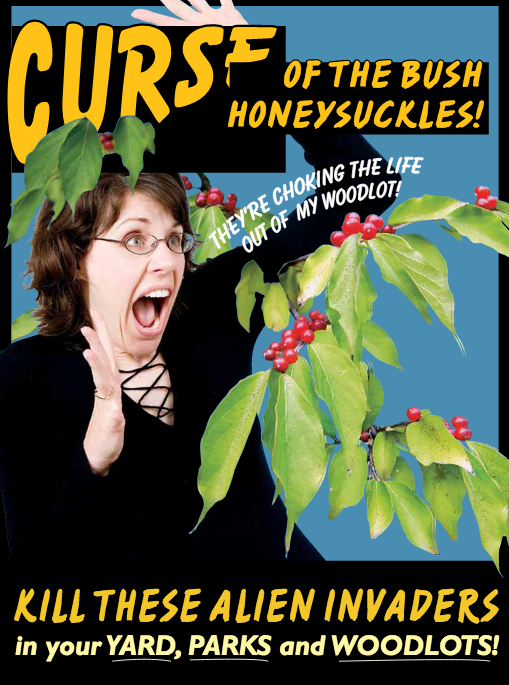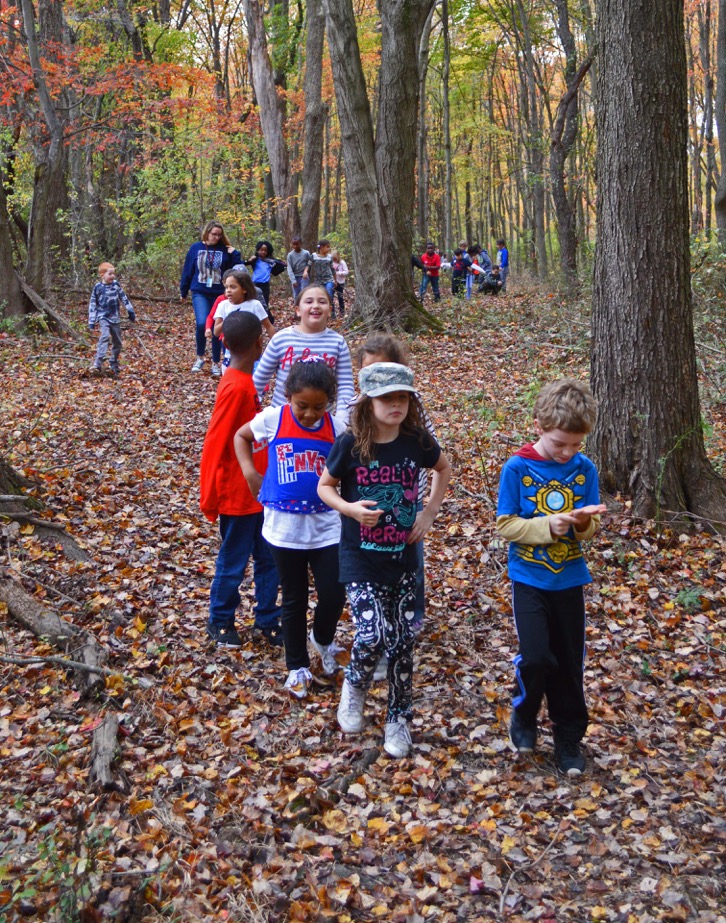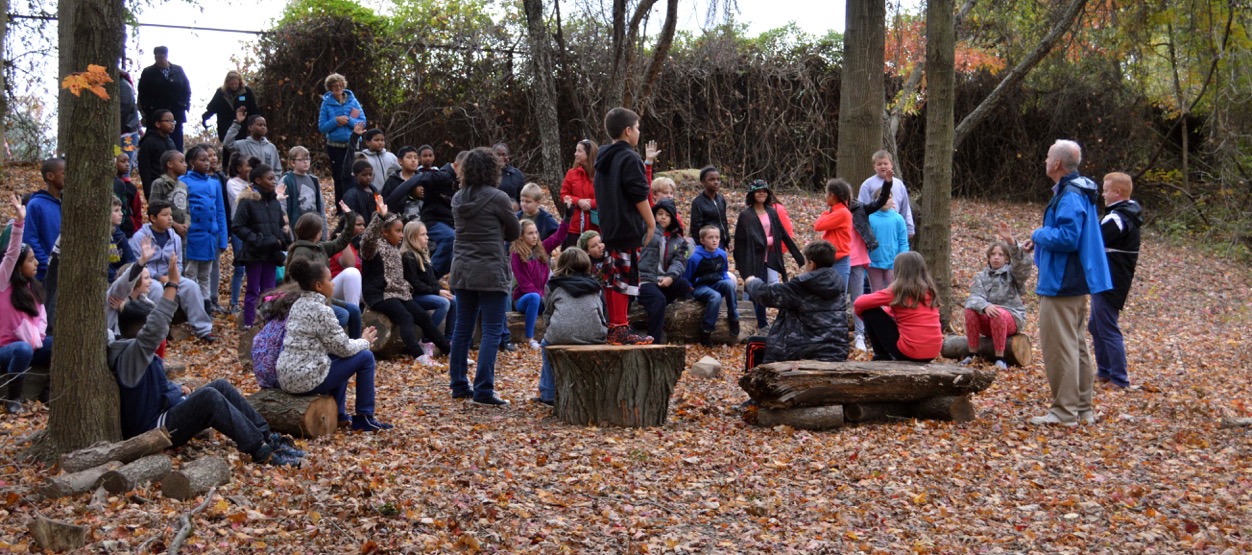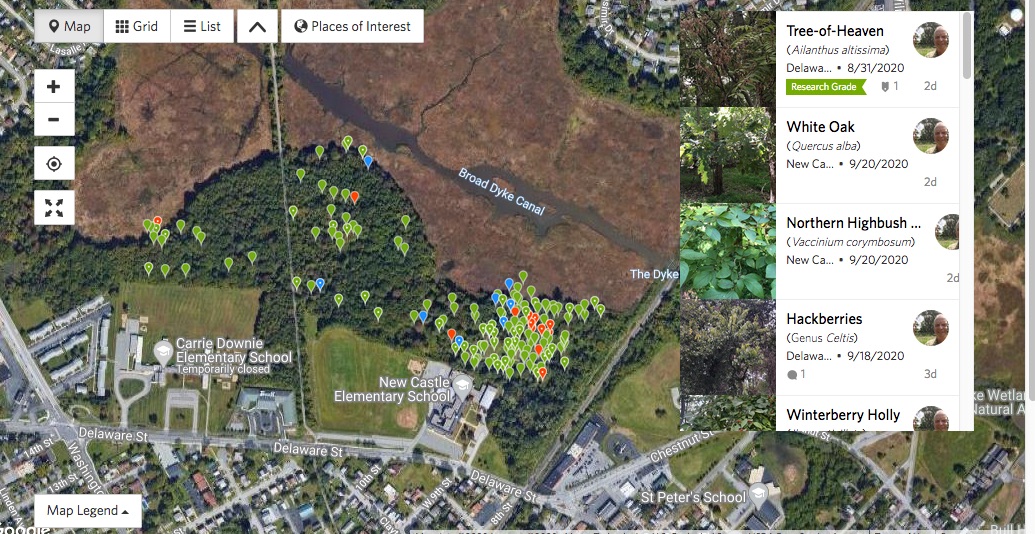 "Hiking" can include walking on one of the trails on the trail map through a meadow
or forest or by the marsh.
"Hiking" can include walking on one of the trails on the trail map through a meadow
or forest or by the marsh.


 At the suggestion of Anna Wik (who had attended Carrie Downie School as a child), the original concept
for the natural area was to include an area for outdoor classrooms adjacent to Carrie Downie and New Castle Elementary
schools.
After the initial introduction to the area and prior to the pandemic, Carrie Downie has used the two outdoor classroom areas next to their playgrounds 4-5
times a week.
The trails were used
for the after school run club.
At the suggestion of Anna Wik (who had attended Carrie Downie School as a child), the original concept
for the natural area was to include an area for outdoor classrooms adjacent to Carrie Downie and New Castle Elementary
schools.
After the initial introduction to the area and prior to the pandemic, Carrie Downie has used the two outdoor classroom areas next to their playgrounds 4-5
times a week.
The trails were used
for the after school run club.
